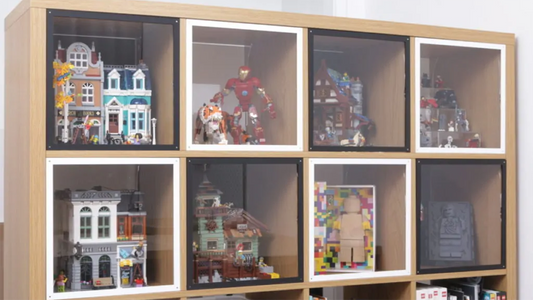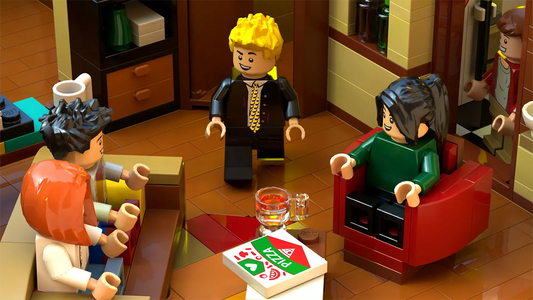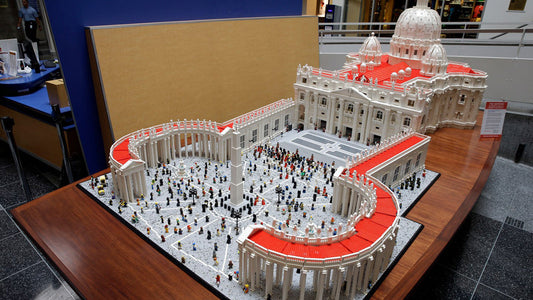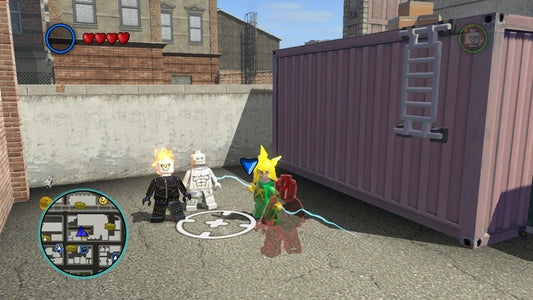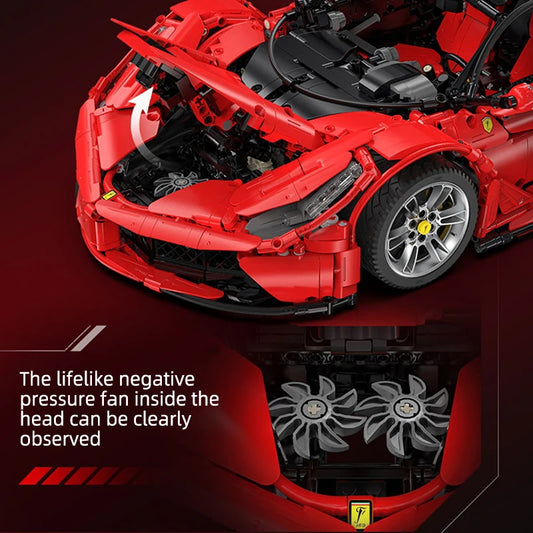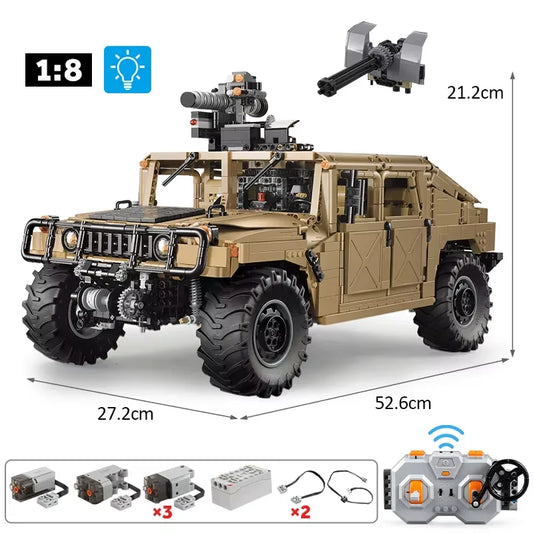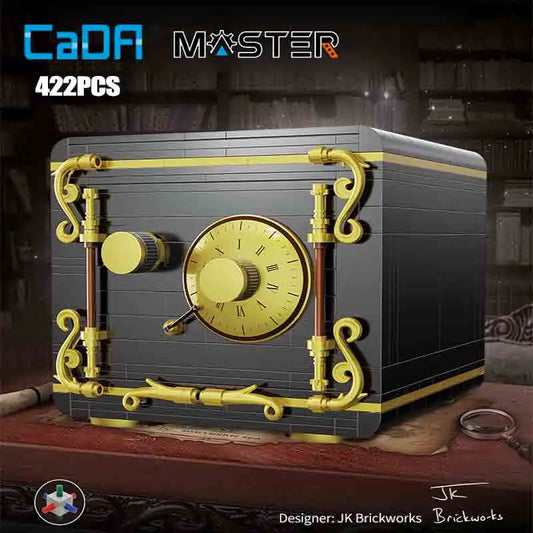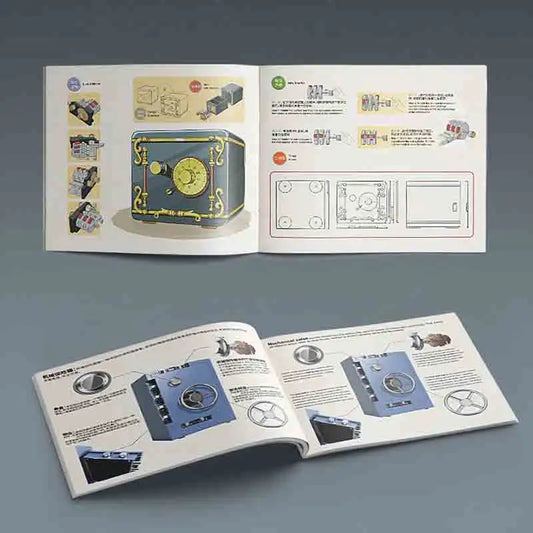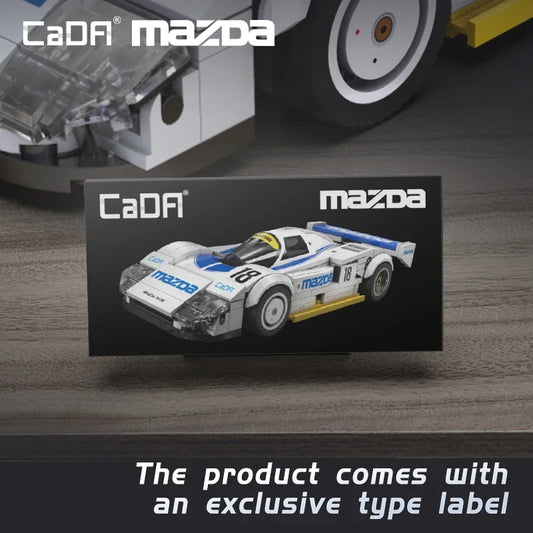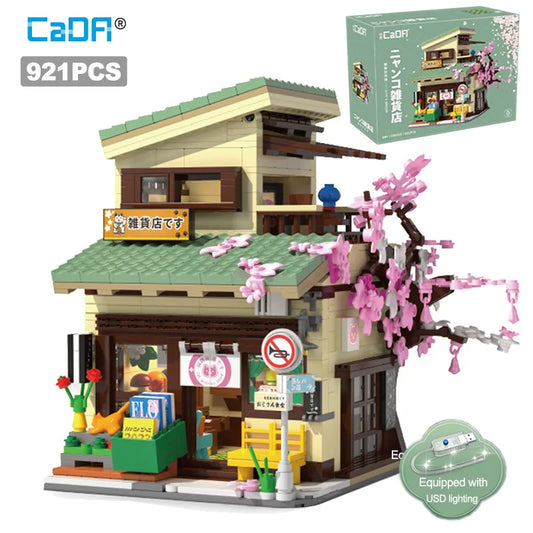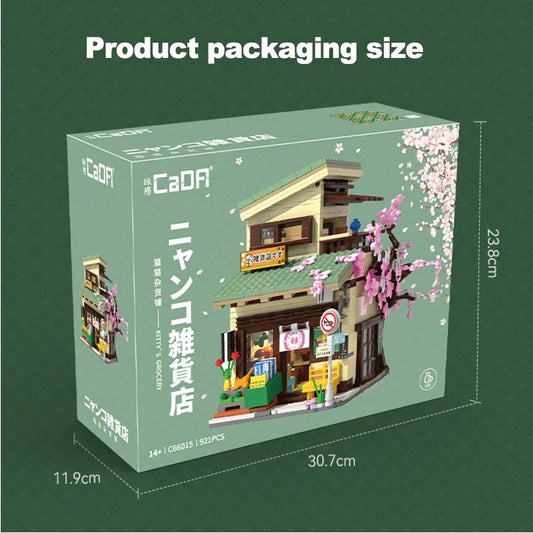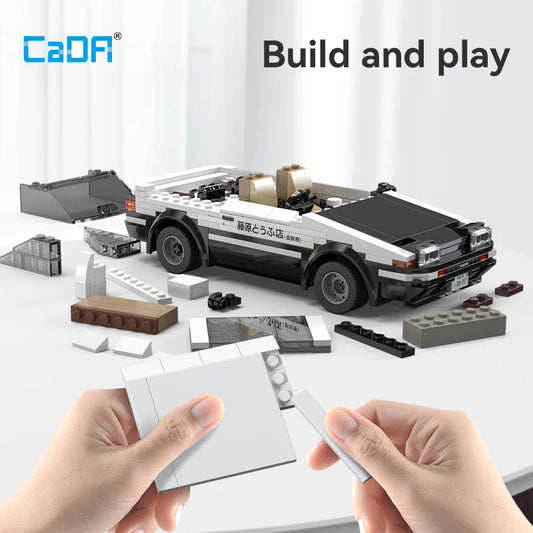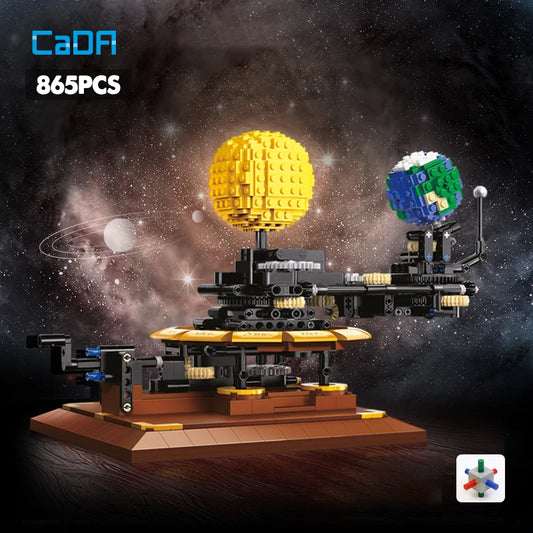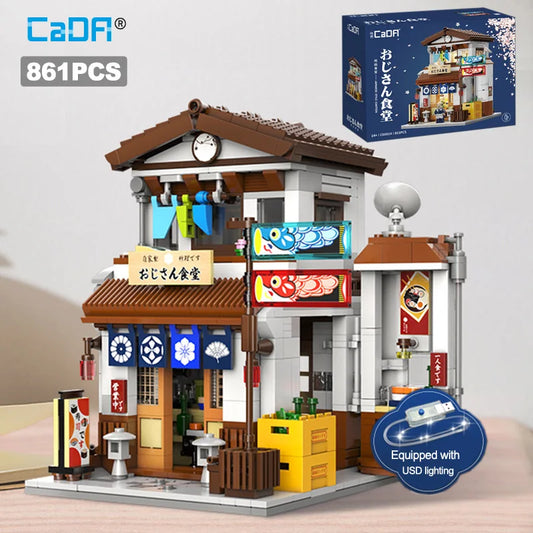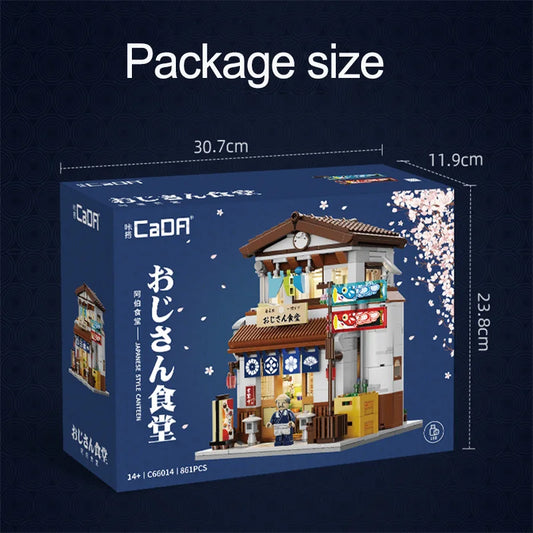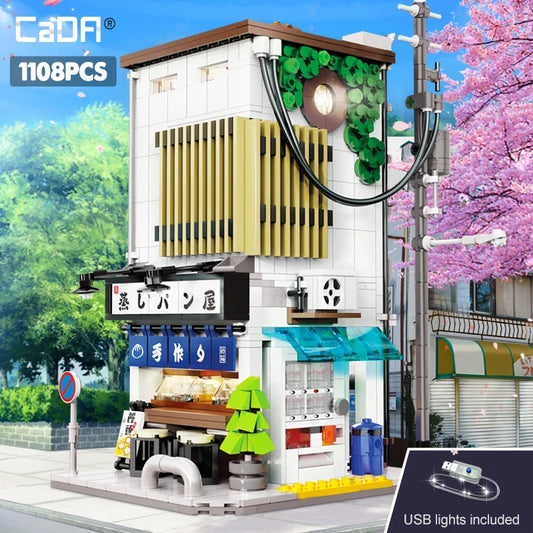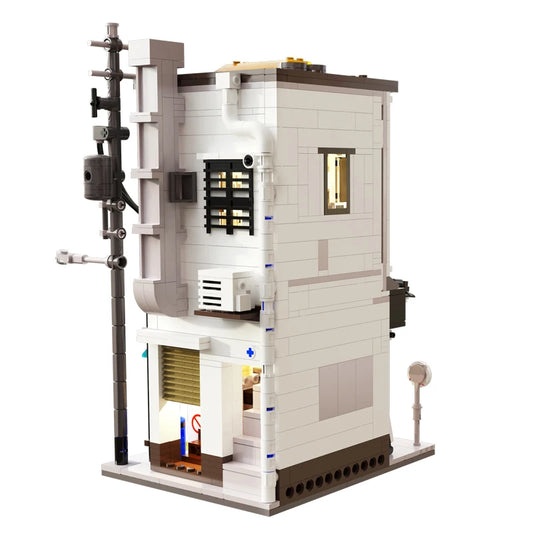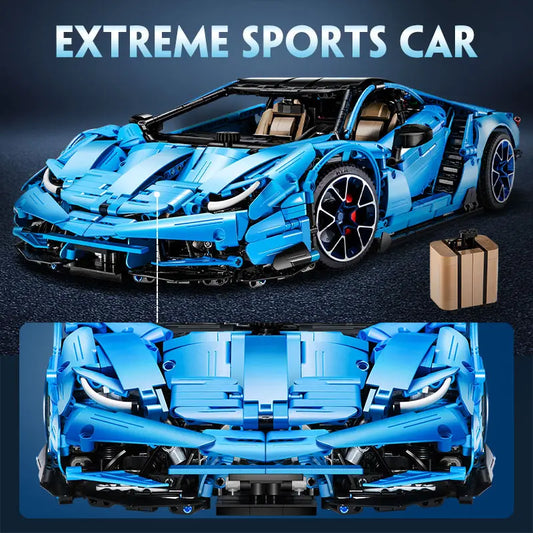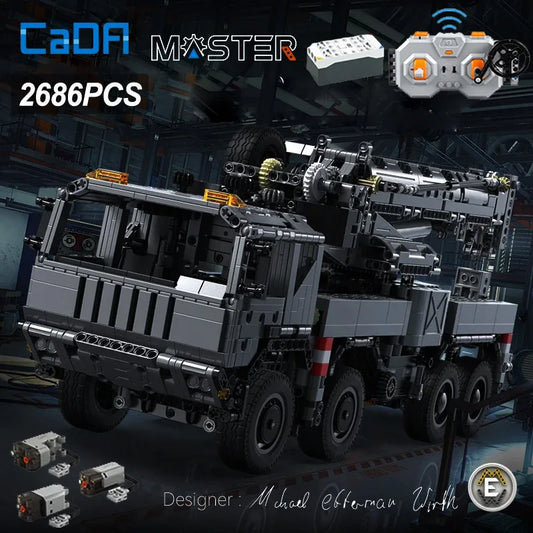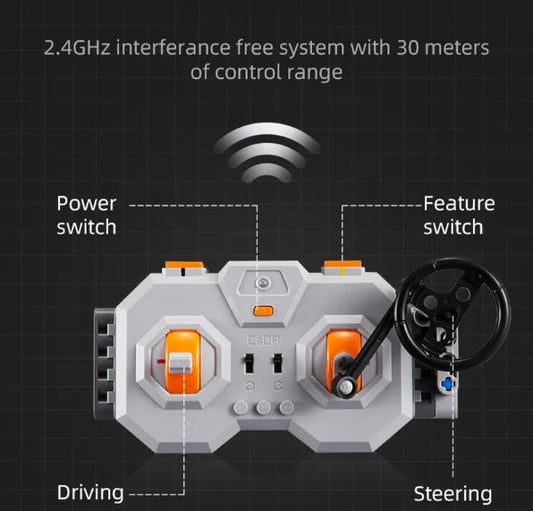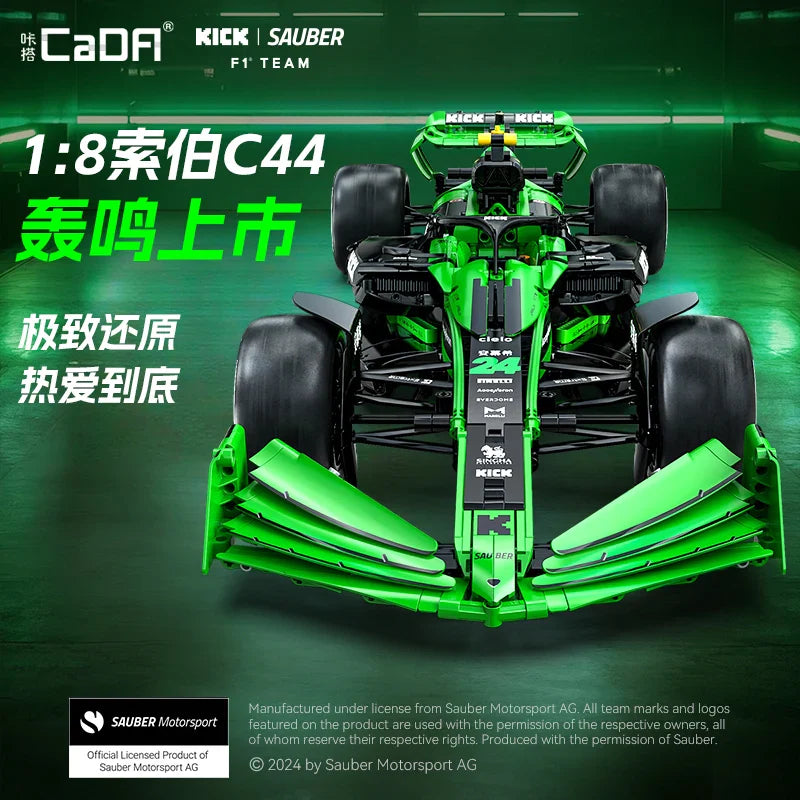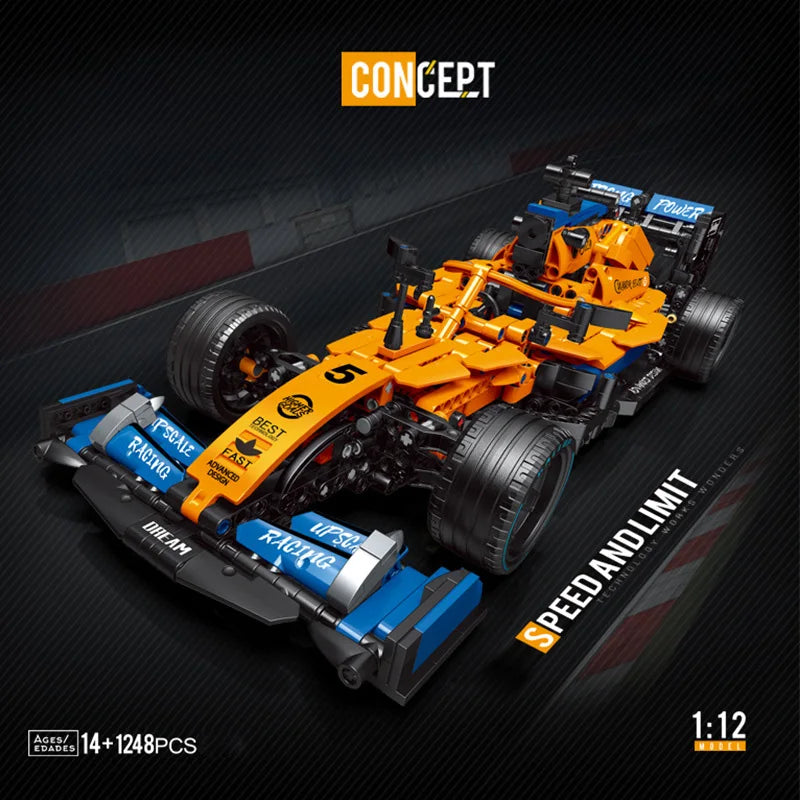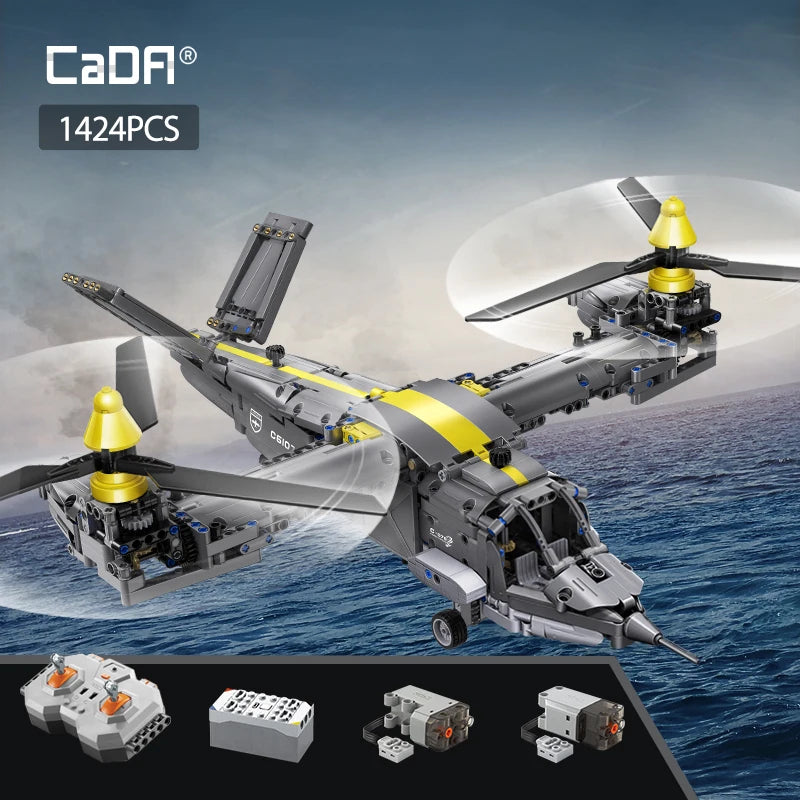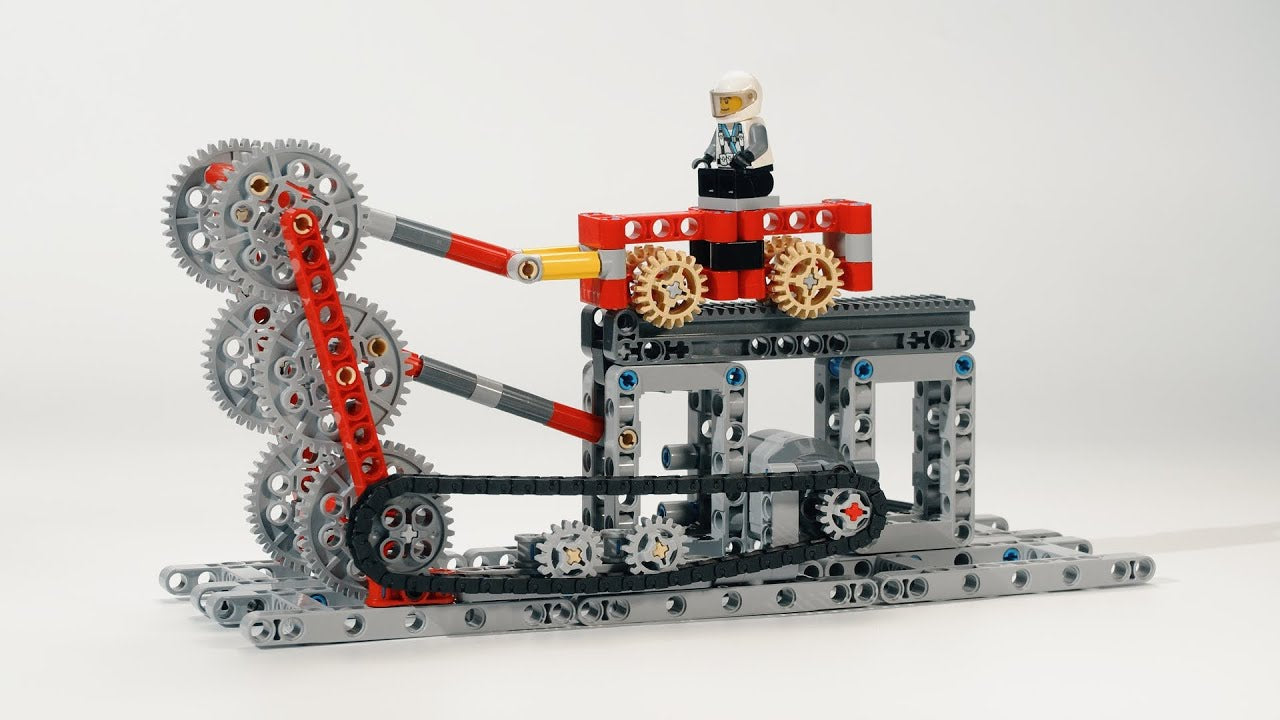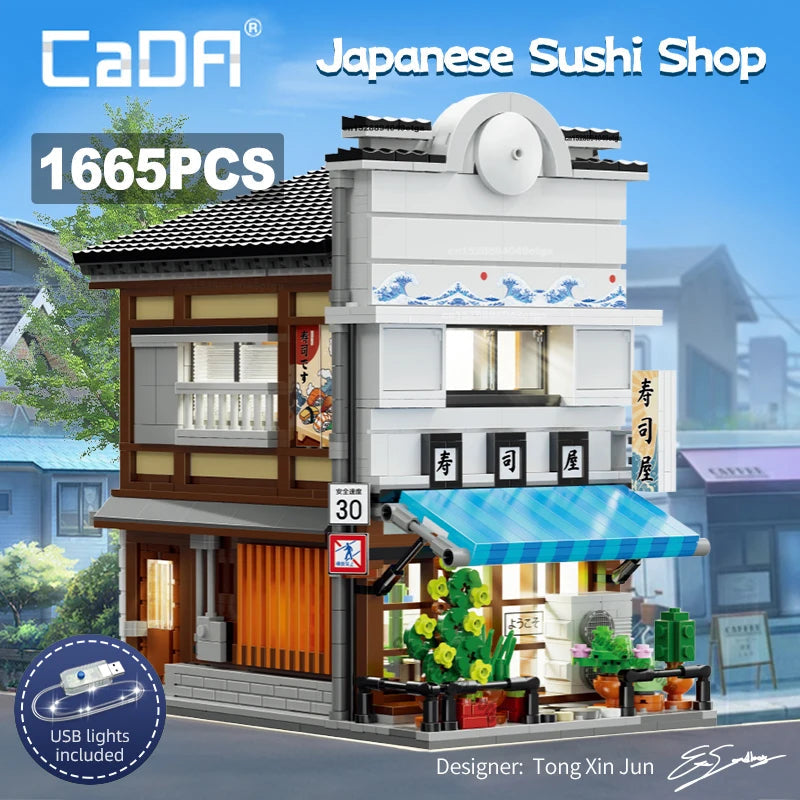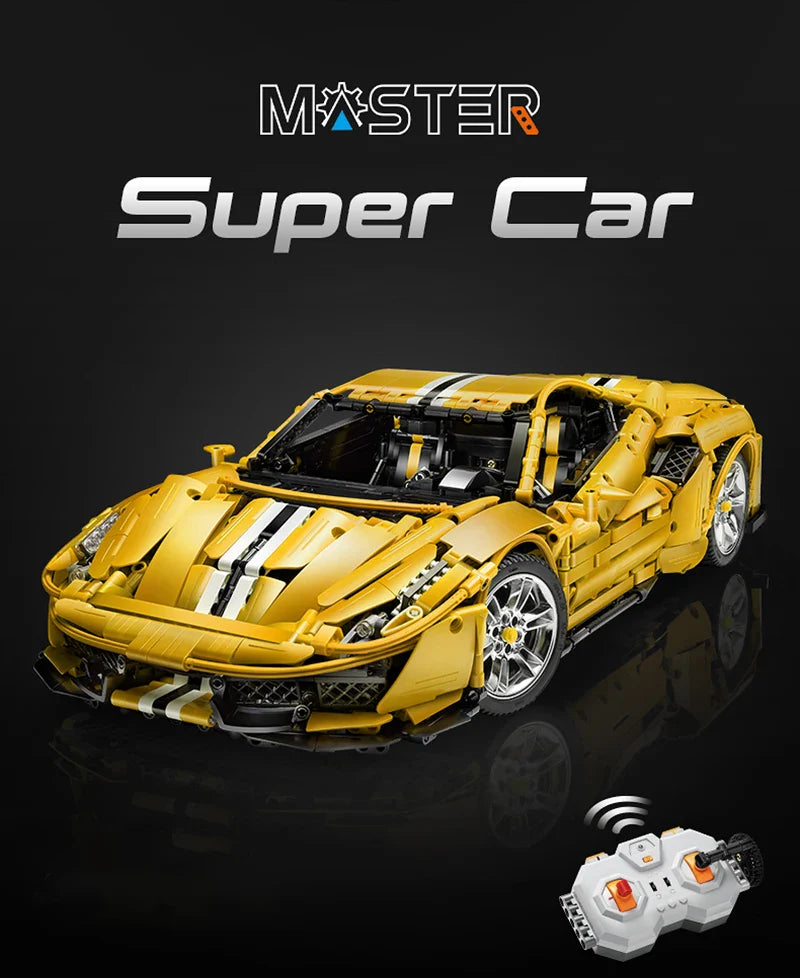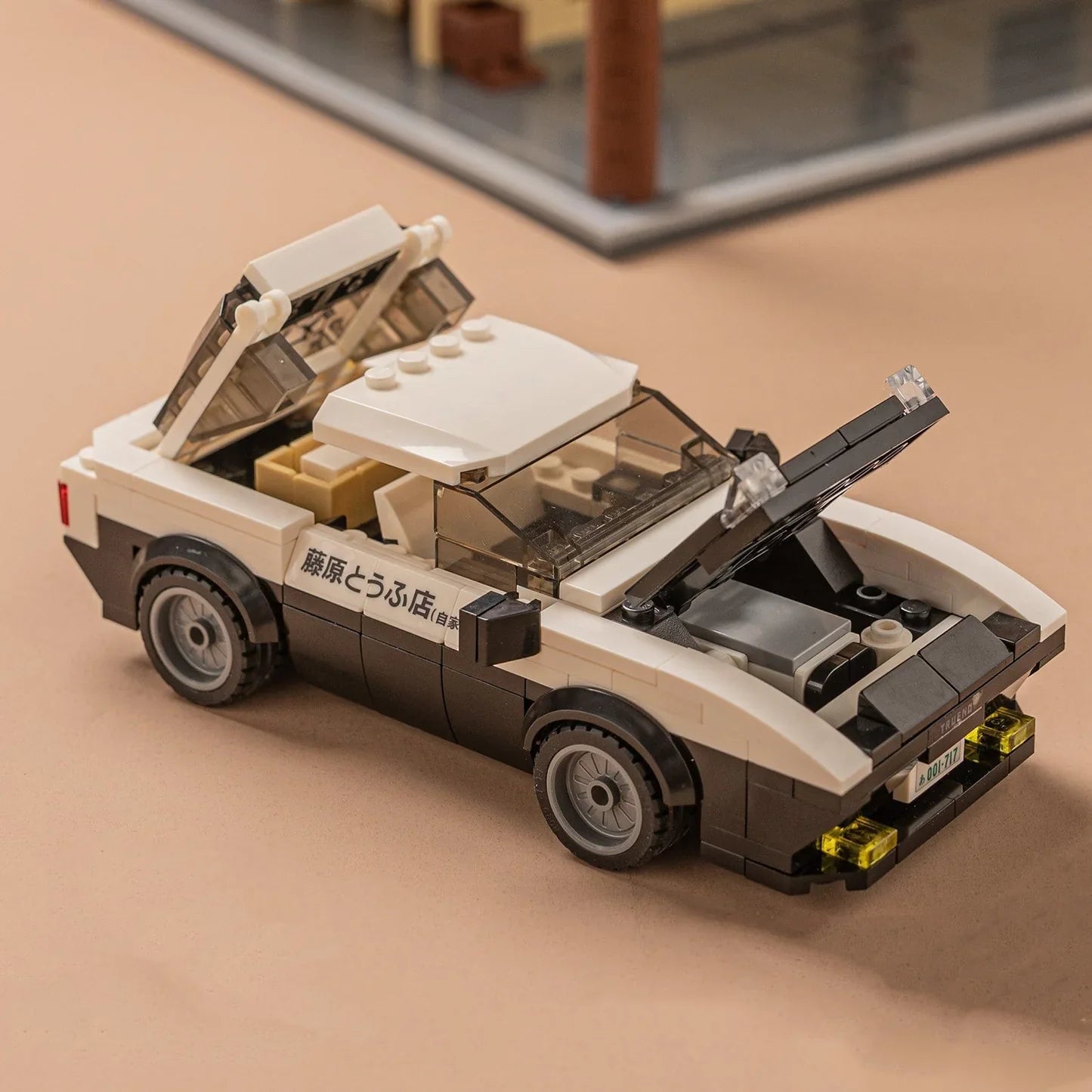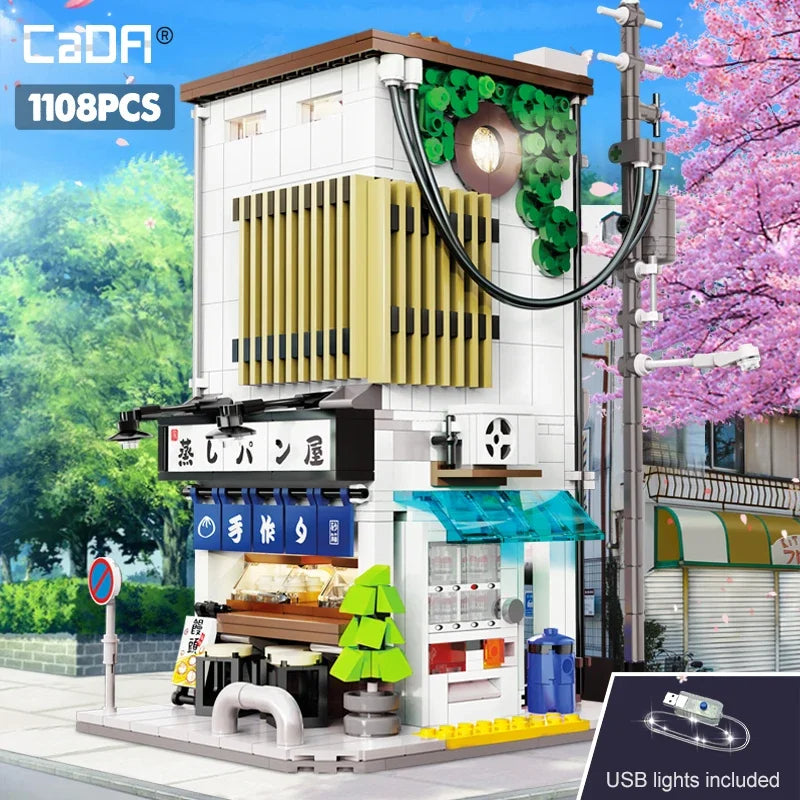Can You Put LEGO in a Fish Tank 2025
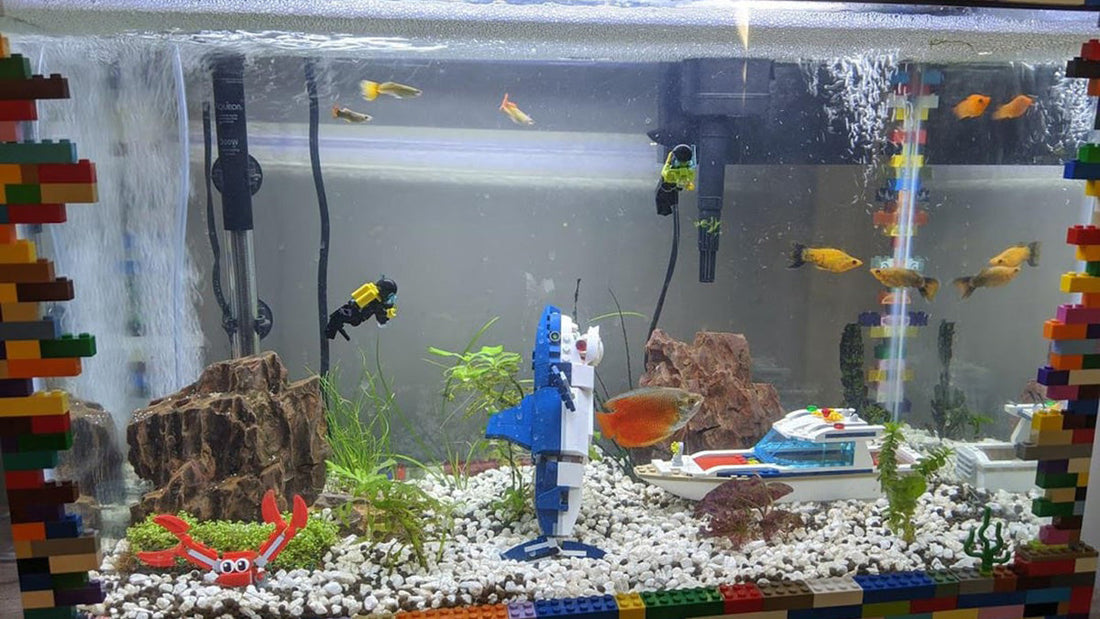
Share
If you’re a LEGO enthusiast with a passion for aquariums, you may have wondered: can you put LEGO in a fish tank? As someone deeply interested in both aquatic habitats and LEGO building, I’ve explored this question extensively to offer a clear, evidence-based answer that balances creativity and fish safety. The idea of using LEGO bricks to craft unique underwater landscapes or playful decorations is undeniably appealing. After all, LEGO’s vibrant colors, modularity, and waterproof properties seem perfect for an aquarium environment. However, there’s more to this than simply dropping your favorite bricks into your tank.
In this post, I’ll walk you through the key considerations, risks, and best practices for integrating LEGO into fish tanks from an expert perspective. I’ll cite official guidance as well as insights from aquarists and LEGO hobbyists to ensure you can make an informed choice without jeopardizing your aquatic ecosystem. Whether you’re thinking of creating a LEGO Minecraft-themed underwater world or just want to add a splash of color, understanding the safety, suitability, and maintenance involved is crucial to the health of your fish and the longevity of your tank decor.
Throughout this deep dive, you’ll learn about the materials LEGO bricks are made from, how they interact with aquarium water, potential hazards like bacterial buildup or mechanical risks to your fish, and practical tips for cleaning and securing LEGO components in an aquatic setting. By the end, you’ll have a professional, clear, and comprehensive framework to decide if LEGO belongs in your fish tank—and if so, how to do it responsibly.
CADA BRICKS® Best Sellers - SHOP NOW
Why Does LEGO Bring Up Safety Concerns in Aquariums?
Despite LEGO bricks being waterproof and made from non-toxic ABS plastic, The LEGO Group officially discourages using their bricks in fish tanks. The reasons are less about chemical toxicity and more about biological and mechanical factors affecting fish health and tank maintenance.
Material Safety of LEGO in Water
- ABS Plastic: LEGO bricks are primarily made from ABS (Acrylonitrile Butadiene Styrene), a strong, durable plastic designed to be safe for children, which means it does not leach harmful chemicals into water under typical aquarium conditions.
- Waterproof Nature: LEGO bricks do not degrade or dissolve in water, making them physically suitable for submersion.
However, despite this material safety, there are concerns related to extended underwater exposure.
CADA BRICKS® Supercars - SHOP NOW
CADA BRICKS® Best Sellers | CADA BRICKS® Supercars & Racing Cars | CADA BRICKS® Trucks & Construction | CADA BRICKS® Military & Weapons | CADA BRICKS® Initial D
Potential Risks and Challenges
- Bacterial and Algae Growth: LEGO bricks often have tiny hollow spaces or textured surfaces where bacteria and algae can flourish if not cleaned regularly, potentially harming fish health.
- Loose Small Parts: Smaller LEGO pieces may detach over time, posing choking hazards to fish or clogging filters.
- Sharp Edges: The edges of LEGO bricks could potentially injure fish if they collide with or attempt to nibble on them.
- Floating: LEGO bricks naturally float due to trapped air and low density, so without proper anchoring, they may drift around the tank, causing disruption or damage.
Therefore, safety concerns tend to focus on maintenance, the structural integrity of assembled LEGO decorations, and the physical impact on aquatic life rather than chemical toxicity.
CADA BRICKS® City Landmarks - SHOP NOW
CADA BRICKS® Licensed Cars | CADA BRICKS® Classic Cars | CADA BRICKS® Motorcycles & Bikes | CADA BRICKS® Off-Road & 4x4 | CADA BRICKS® Emergency Vehicles
How to Safely Use LEGO Bricks in Your Fish Tank
If you decide to decorate your aquarium with LEGO bricks, following best practices will help minimize risks and maintain a healthy environment.
1. Clean Your LEGO Thoroughly Before Use
- Rinse new or used LEGO bricks well to remove dust, oils, or residues.
- Avoid detergents or soap that can leave harmful residues; simply rinse with warm water.
- Periodically remove LEGO decorations to clean algae and bacterial buildup, using gentle scrubbing with a toothbrush or rinsing in clean water.
2. Avoid Small or Fragile Pieces
- Omit tiny elements like flags, minifigure accessories, or other parts that easily break off.
- Secure larger structures firmly to reduce loose bits that fish might ingest or that could clog filters.
- Consider gluing pieces cautiously with aquarium-safe silicone to ensure structural integrity while avoiding potential chemical leaching from non-aquarium-grade adhesives.
3. Anchor Your LEGO Structures
- Because LEGO bricks naturally float, anchor your creations by embedding parts in aquarium gravel or attaching them to heavier objects like aquarium-safe rocks.
- This prevents drifting and protects fish from accidental injury or stress from dislodged objects during tank maintenance or fish movement.
4. Monitor Fish Behavior and Tank Conditions
- Watch for any signs that fish are stressing, trying to nibble on bricks, or getting trapped behind LEGO decorations.
- Maintain water quality with regular filtration and water changes, as bacterial buildup on decorations can contribute to water quality degradation.
CADA BRICKS® Technic Sets - SHOP NOW
CADA BRICKS® Japanese Street | CADA BRICKS® City & Landmark | CADA BRICKS® Science & Educational | CADA BRICKS® Technic | CADA BRICKS® Modern Architecture
Creative LEGO Fish Tank Decoration Ideas
Despite official caution, many aquarium hobbyists have successfully incorporated LEGO into their tanks for decorative and playful effects.
LEGO Minecraft-Themed Tanks
- Builders create intricate LEGO Minecraft landscapes submerged in tanks, providing fish with plenty of hiding spaces and visual interest.
- These structures are usually larger, with fewer small detachable parts, and creatively merge popular culture with fish habitat needs.
CADA BRICKS® Display & Collectibles - SHOP NOW
CADA BRICKS® Castle Building Blocks | CADA BRICKS® City Building | CADA BRICKS® Remote Control | CADA BRICKS® Display & Collectibles | CADA BRICKS® Anime & Pop Culture
Unique Aquatic LEGO Builds
- Some enthusiasts have built entire aquarium backgrounds or accessories, such as LEGO treasure chests, divers' masks, or underwater castles.
- Videos and tutorials online demonstrate how to build stable, non-floating LEGO installations for aquariums safely.
CADA BRICKS® Remote Control Sets - SHOP NOW
CADA BRICKS® Mechanical Engineering Building Blocks | CADA BRICKS® Kids Building Blocks | CADA BRICKS® Teens Building Blocks | CADA BRICKS® Adult Building Blocks
What About Stickers, Paints, and Electronics?
One important note: avoid using LEGO bricks or parts with stickers, painted surfaces, metal components, or any electronic elements in fish tanks as these can leach harmful substances or rust in the water, posing significant risks to your fish.
Final Thoughts on Using LEGO in Fish Tanks
Can you put LEGO in a fish tank? The simple answer is yes, you can, but with important caveats to ensure the safety of your aquatic pets and the longevity of your tank setup. LEGO bricks’ material composition makes them safe from a chemical standpoint, but maintenance, secure assembly, and careful selection of pieces are key to preventing mechanical hazards and bacterial proliferation.
If you’re willing to put the effort into proper cleaning, stabilizing, and monitoring your LEGO decorations, they can bring a unique and fun aesthetic to your aquarium. However, if you’re not confident in upkeep or have large or sensitive fish, it may be better to avoid LEGO as a tank decoration.









